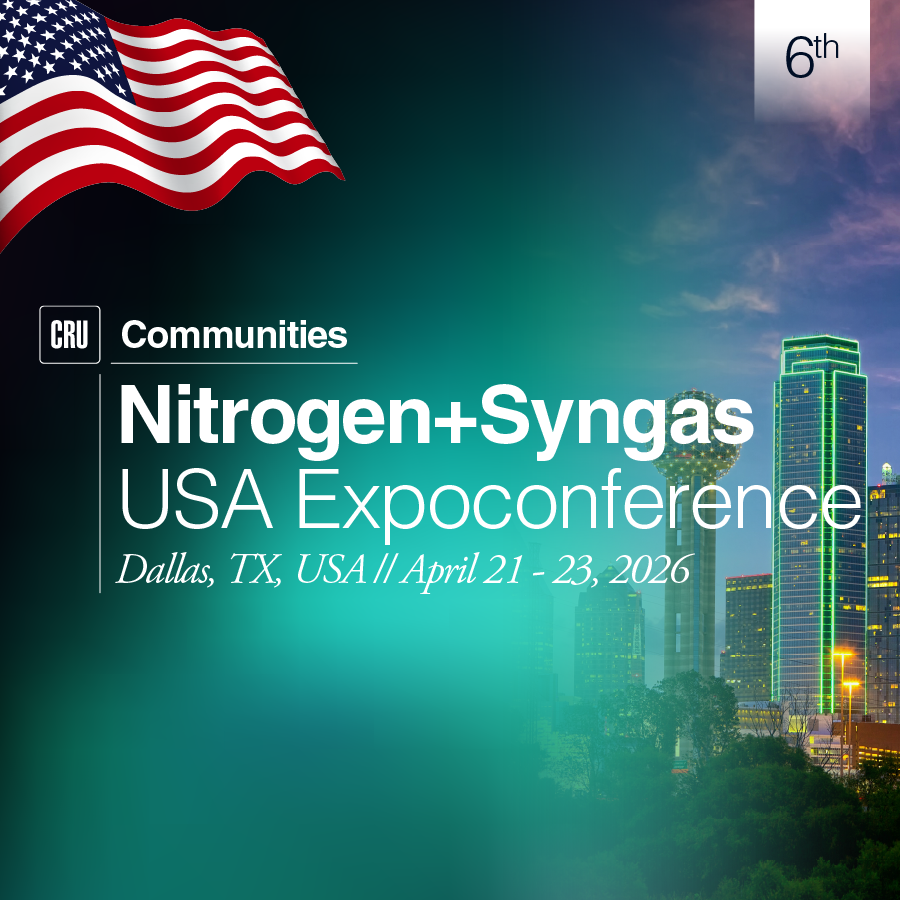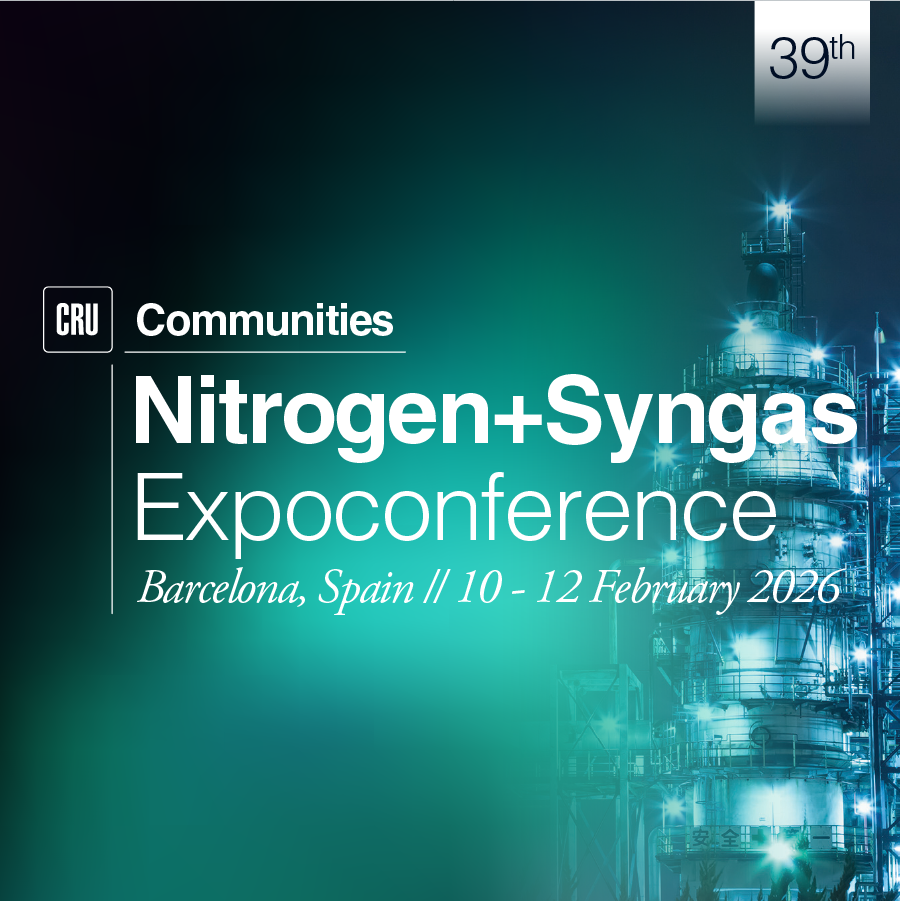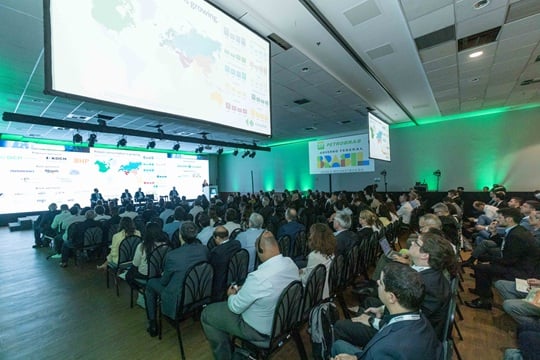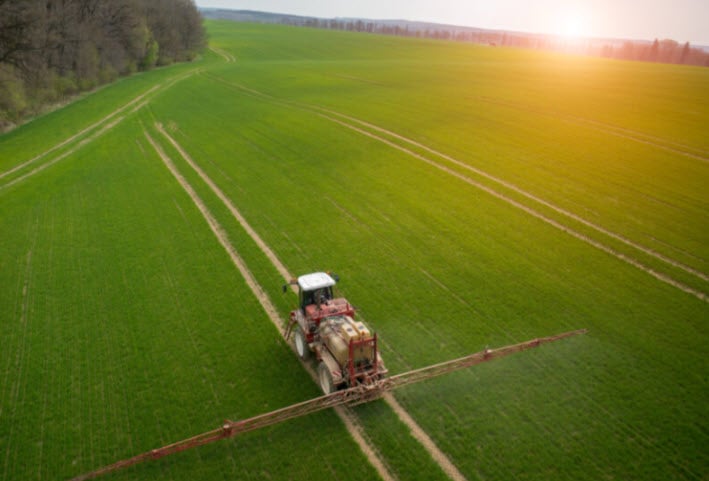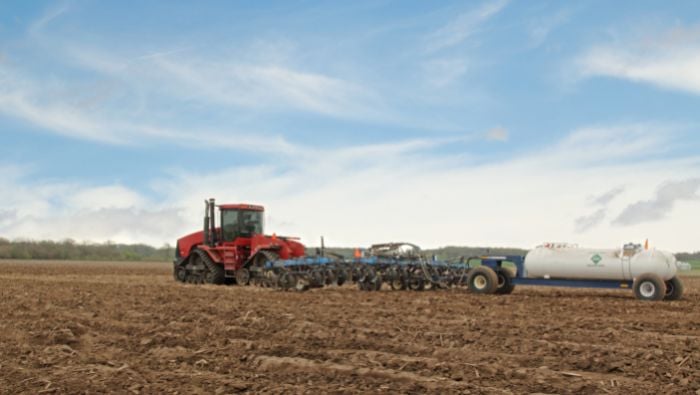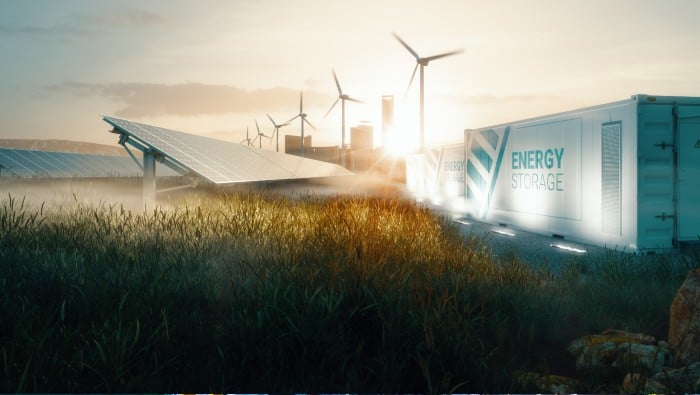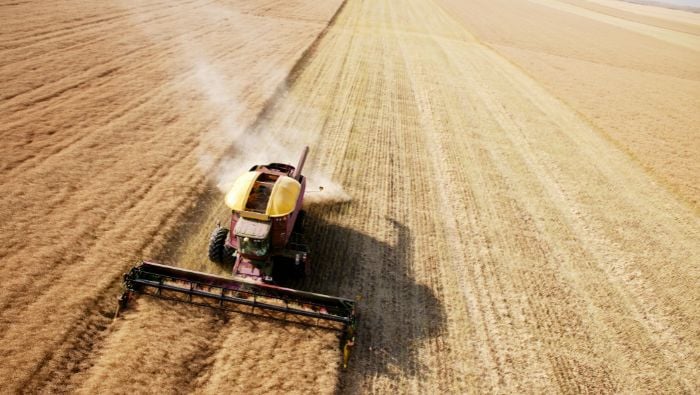Environmental regulations in China will expedite nitrogen plant closures, lower operating rates and cause a tightening demand/supply balance.
We expect to see an increase in costs across the coal based nitrogen producers, lowering urea exports out of China and raising the global urea price floor.
From January 2016 through September 2017, the Chinese central government has implemented four rounds of environmental inspections. 24,700 plants have been levied an aggregate fine of $185 million and over 1,400 people were detained for breaking the environmental protection standards. The wide coverage and strict measures taken during the environmental inspections has instigated broader concerns in the fertilizer industry.
During the 2016-17 environmental inspections, some fertilizer plants were found violating the environmental requirements and forced to shut down, unless they implemented improvements on environmental protection and fulfilled the requisite environmental regulations. The majority of fertilizer plants that were penalised by the Ministry of Environmental Protection (MEP) have been approved to restart production after making necessary improvements in environmental protection.
From the cases disclosed by the MEP, most fertilizer plants that breached the environmental regulations were charged with air pollution, water pollution and industrial solid waste discharge, such as ammonia smell leakage, heavy carbon emission in waste water and phosphogypsum leakage.
Impacts on the Chinese nitrogen industry
Beijing-Tianjin-Hebei, its’ surrounding regions ('2+26 cities') and the Yangtze River Economic Belt will be the focal point for future environmental protection, which spans the largest producing regions of nitrogen in China.
The aggregate ammonia and urea capacity in the '2+26 cities' and 'the Yangtze River Economic Belt' represents 71% of ammonia capacity and 65% of urea capacity in China by 2017.
Environmental protection is a long-term policy goal as one of the seven core state policies for China. More importantly, the new government has linked environmental appraisals and targets with performance assessments for local government officials, which should promote effective implementation of the new environmental laws and regulations.
The Chinese government intends to take measures in the following three key ways to prevent and control pollution:
- eliminating pollution at its source
- lowering emissions per unit of output
- increasing the contribution of clean energy
These environmental protection policies will have a profound impact on the Chinese nitrogen industry.
Stricter emission standards to push up industry cost curve and expedite marginal capacity closures
Nitrogen producers will be forced to meet emission control standards. Consequently, most small and medium sized producers will have to increase investment in emission control facilities, equipments and technologies.
To some extent, China's oversupply in nitrogen capacity is a result of its failure in ensuring marginal producers meet environmental protection standards. Compliance of the stricter emission standards, will raise costs for Chinese producers and is expected to push up the industry cost curve and lead to faster elimination of marginal capacity.
CRU expects substantial closures of Chinese urea capacity in the next five years. Nearly 15 Mt of inefficient capacity is expected to shut down in 2017-2022 as the Chinese government continues to emphasize environmental regulations. This will help tighten the global urea market over the medium term.
Nitrogen producers’ operating rates to remain at low
According to the statistics of China Nitrogen Fertilizer Industry Association (CNFIA), the operating rates of Chinese urea producers were below 65% since July 2016, when the Chinese government started to implement the first round of environmental inspections across the country.
Air pollution in China usually worsens in winter as the airflow close to the surface slows and this combined with the cold air, rainfall and snowfall seen in recent years will have a drastic impact on the diffusion of air pollution. This leads to stricter and more frequent inspections in winter, adversely impacting nitrogen producers. Coal-based nitrogen producers would be forced into lowering their operating rates in order to curtail pollution emissions during winter.
Furthermore, the supply of natural gas tends to be tighter during the winter heating season causing some gas-based producers to cease production temporarily and negotiate a relatively lower price of natural gas as per government regulations.
The combined actions of coal-based and gas-based producers during winter especially those located in 2+26 cities will maintain operating rates at a lower level than that of the past.
With the implementation of The Guidance to Enhance Industry Green Developments in The Yangtze River Economic Belt, many manufactures in key industries are required to keep a safe protection distance from the banks of the Yangtze River. As a result, a handful of nitrogen producers are ordered to relocate and restructure their site.
For example, the Hubei government has ordered all the heavy chemical and papermaking manufactures located within 1km of the Yangtze River to be relocated and restructured in other industrial zones. Hubei Sanning, a nitrogen producer with designed capacity of 880,000 t/y ammonia, 400,000 t/y urea and 100,000 t/y caprolactam, has been ordered to relocate its site, as it is just located at the Yangtze River. The relocation and restructuring of these nitrogen plants is expected to curtail Chinese operating rates significantly over the next few years.
Local governments’ emergency environmental measures may tighten demand/supply balance
To deal with heavy air pollution, particularly in autumn and winter, all the local governments in the '2+26 cities' have compiled emergency plans, which classify the level of air quality and a system of grades (I to IV) is accordingly employed.
In severe pollution conditions, plants of coal-fired power, steel, building materials, chemical and carbon will be ordered to curtail air pollution emissions as much as 40-50%. Despite most nitrogen producers not being listed in the emergency plan list they will be forced to take some measures to enhance the emission reduction efforts. This would further curtail production and exports out of China and tighten the demand/supply balance in the global urea market, particularly during the spring application season.
Coal-based nitrogen producers expedite feedstock switch to bituminous from anthracite
With the improvement in coal gasification technologies, a bituminous-based producer is able to consume poor quality coal and less energy, and emit less pollution compared to an anthracite-based producer.
Driven by the lower price of bituminous coal compared to lump anthracite, as well as stricter emission standards, most new nitrogen projects are based on bituminous coal while most closure capacities are based on anthracite. This presents some downside risk to the costs of the marginal supplier, influencing urea price forecasts over the medium term.
A detailed analysis of CRU’s coal price forecasts, Chinese urea production costs and margins and their impact on global urea prices has been included in our September Urea Market Outlook.
Conclusion
The environmental regulations implemented in China will result in more seasonality in production levels with lower autumn/winter production. It will also tighten the supply-demand balance in China as some Nitrogen plants will be forced to close, lowering exports out of China further. Compliance of the stricter emission standards is likely to raise costs for coal based nitrogen producers, pushing up the industry cost curve and raising the global urea price floor.




